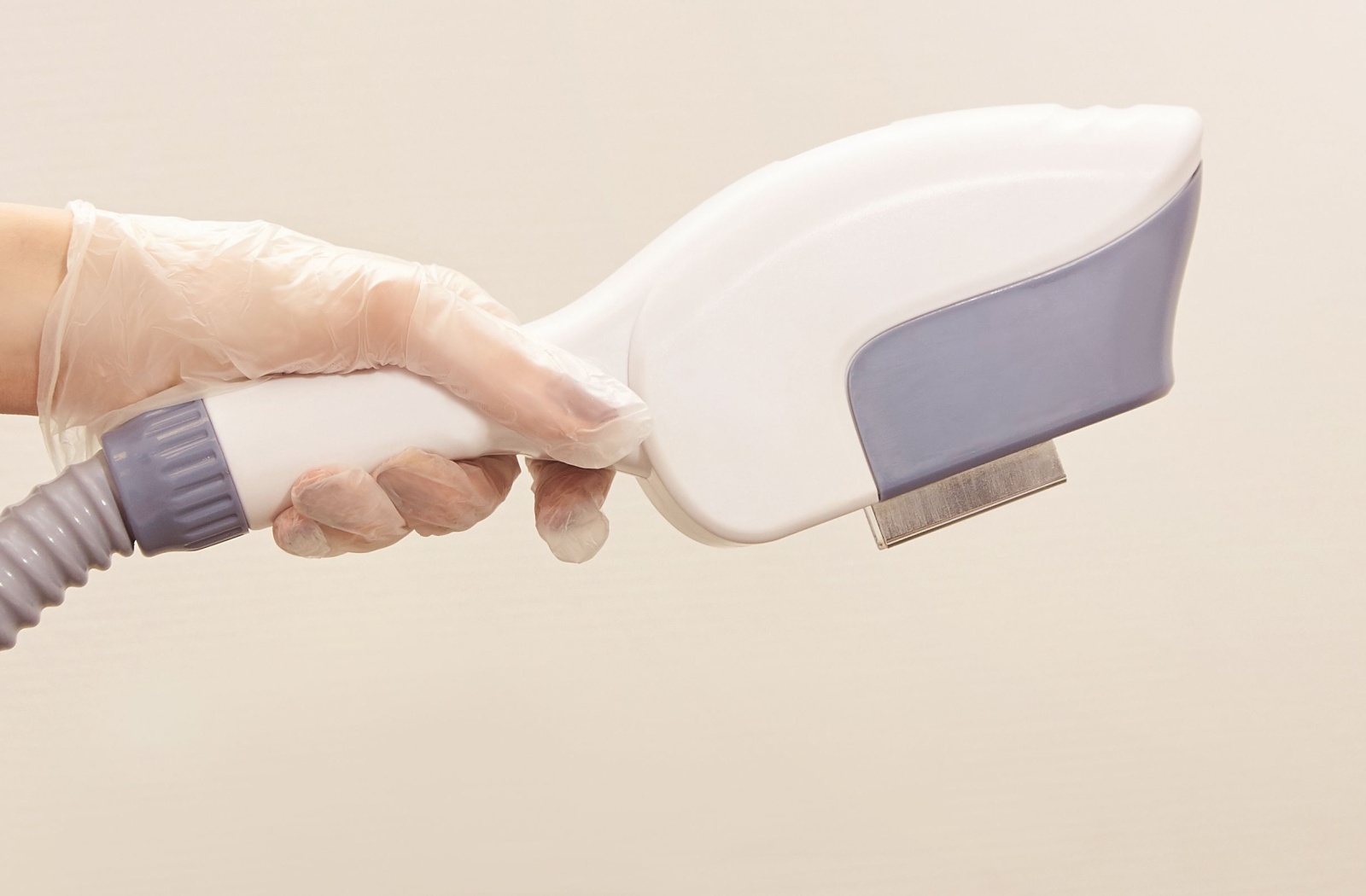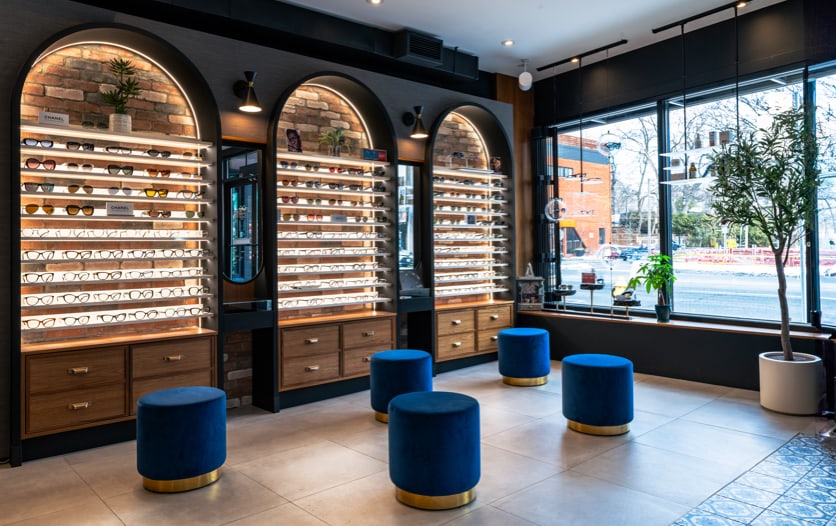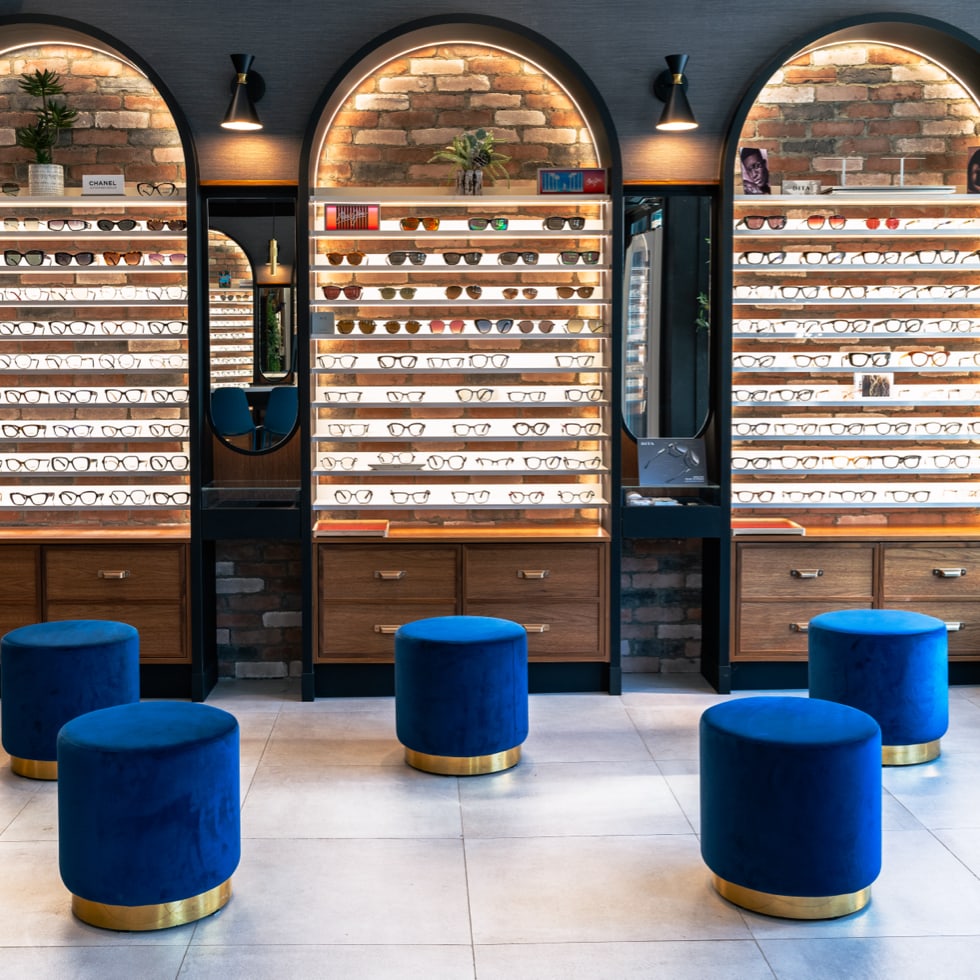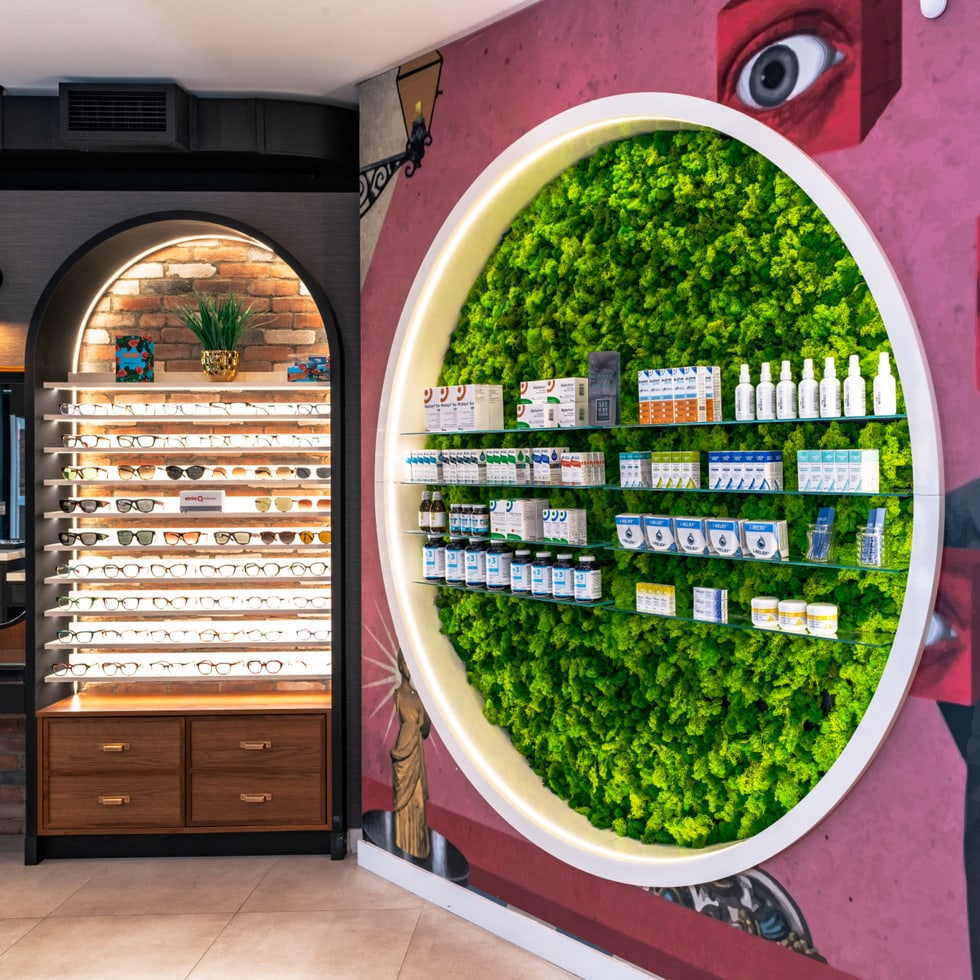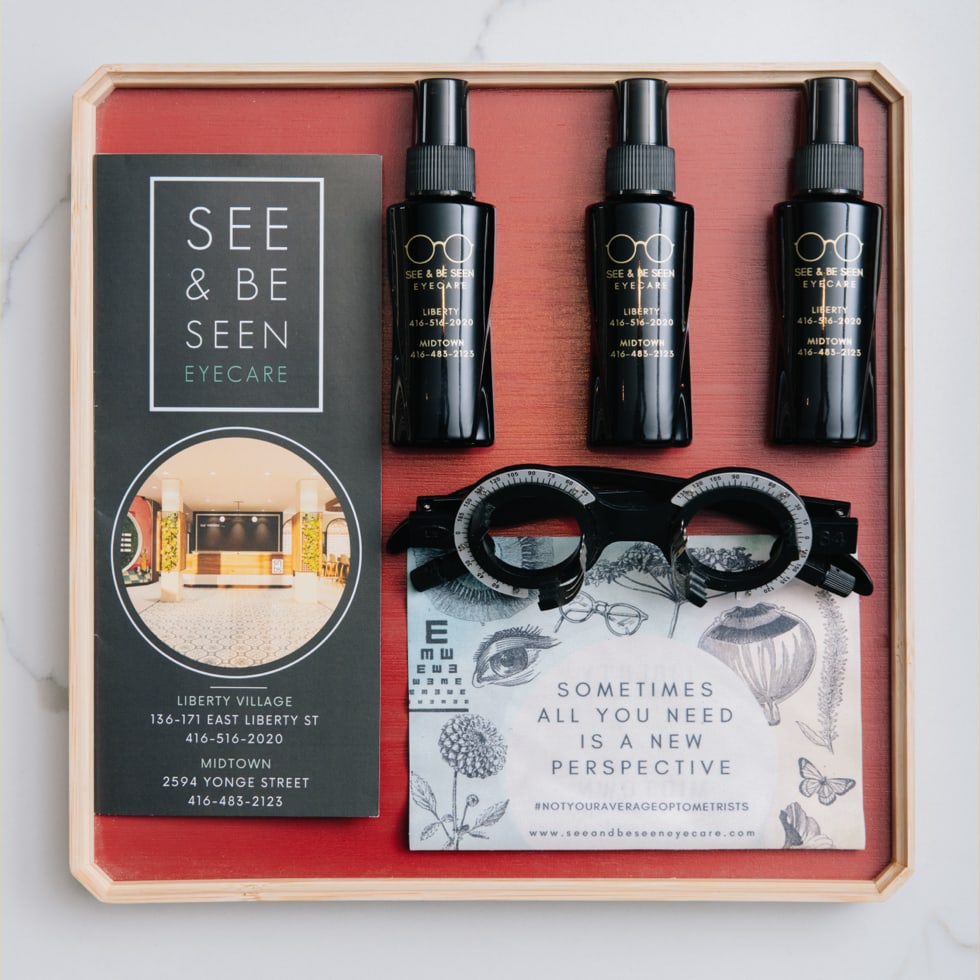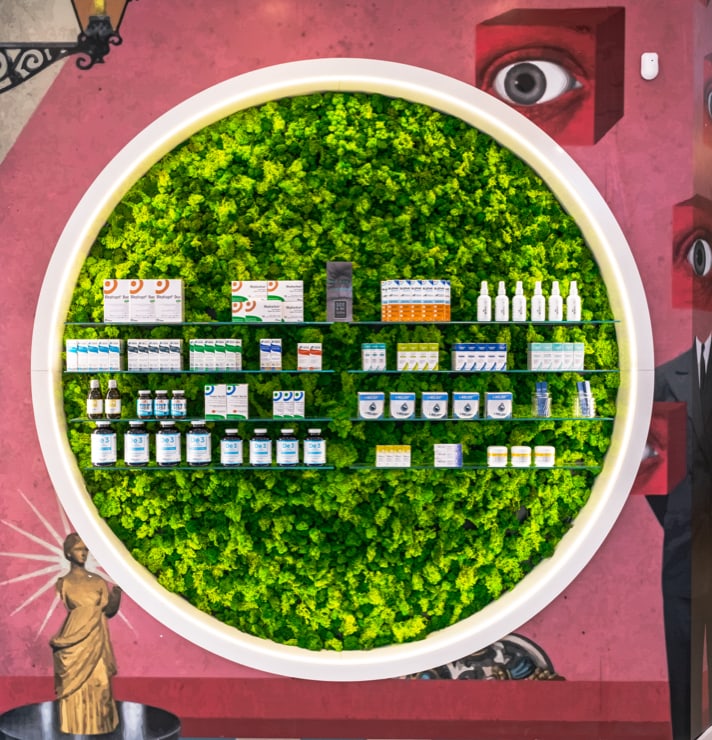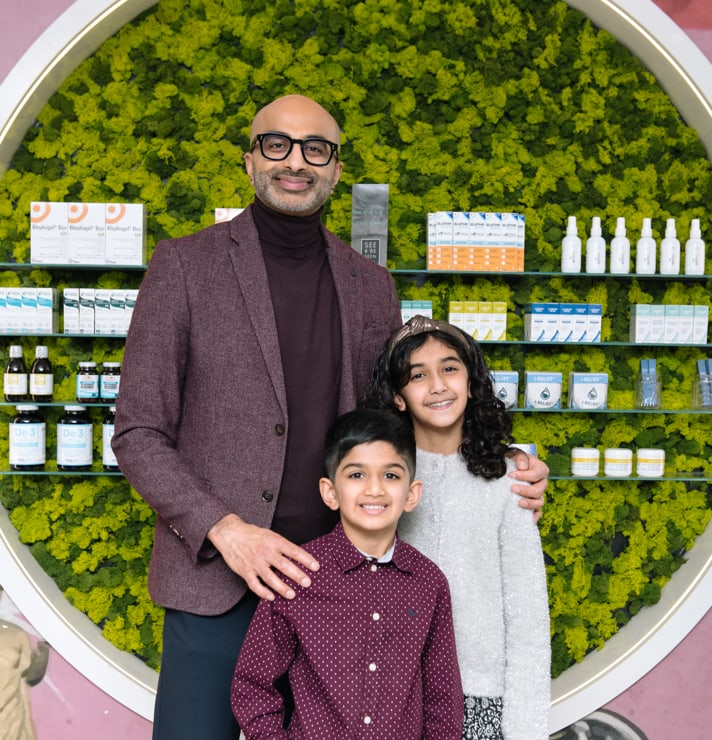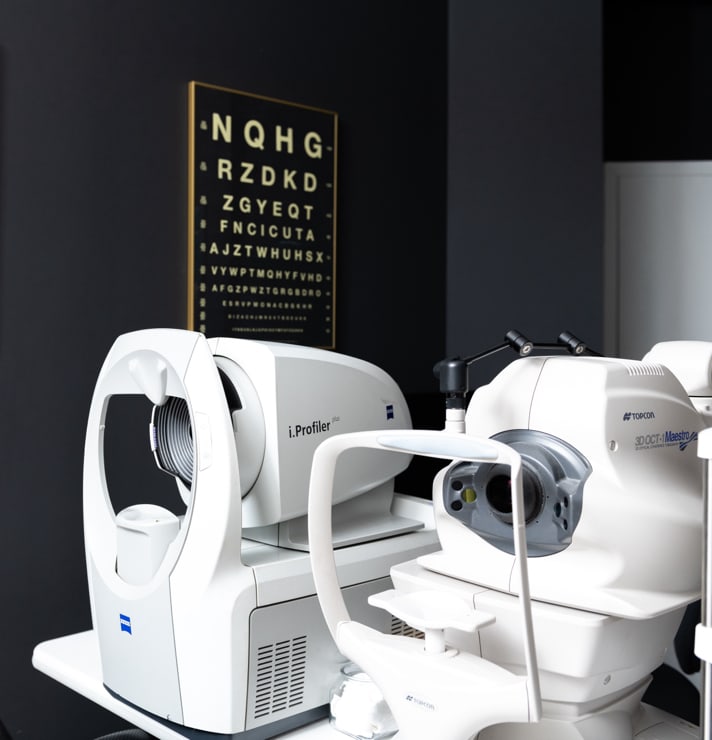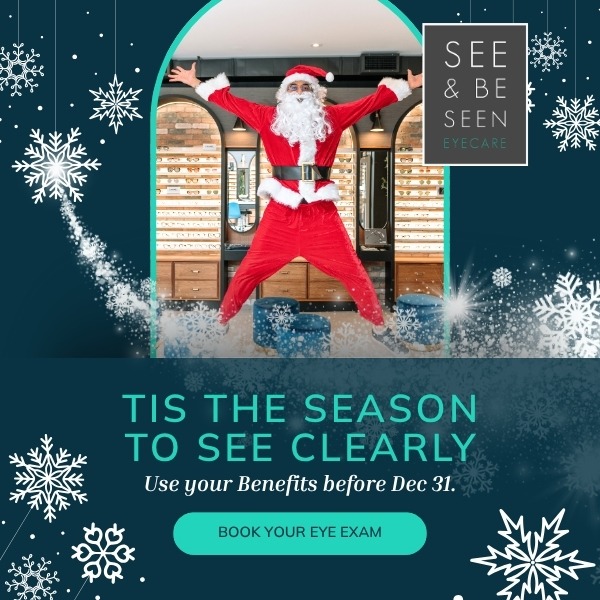Your eyes feel dry, gritty, and tired by the end of each day. You’ve tried countless eye drops, but the relief never seems to last long enough. At See & Be Seen Eyecare, we understand how frustrating persistent dry eye symptoms can be when traditional treatments fall short.
IPL dry eye treatment can help many people who struggle with persistent symptoms, but it’s not the right solution for everyone — your medical history, specific symptoms, and even skin tone all play a role in determining if you’re a good candidate.
What Is IPL Dry Eye Treatment & How Does It Help
IPL uses gentle pulses of light to target inflammation around your eyelids and improve the function of your meibomian glands. These tiny glands produce the oil layer of your tears, and when they’re blocked or not working properly, your eyes can feel dry and uncomfortable.
The light energy helps reduce inflammation and allows your natural oils to flow more freely. This process can restore balance to your tear film and provide relief from symptoms that traditional treatments haven’t been able to address. Meibomian glands are essential for maintaining healthy tears and preventing rapid evaporation.
Signs You Might Be a Good Candidate for IPL Therapy
Your Dry Eye Symptoms Match IPL Benefits
If you experience these symptoms regularly, IPL therapy might help provide the relief you’re looking for:
- Burning or stinging sensation
- Gritty feeling in your eyes
- Excessive tearing followed by dryness
- Blurred vision that improves with blinking
- Eye fatigue from digital screens
These symptoms often point to issues with your tear film quality rather than just tear quantity. IPL specifically targets the root causes behind these particular complaints by addressing meibomian gland dysfunction.
Your Meibomian Glands Need Support
You might notice crusty buildup along your eyelids in the morning or feel like your eyelids are heavy and swollen. These signs often indicate that your oil glands are blocked or inflamed, a condition known as blepharitis.
IPL therapy can help these glands function more effectively by reducing inflammation and clearing blockages. When your meibomian glands work properly, they produce the oils needed to keep your tears from evaporating too quickly.
If Traditional Treatments Haven’t Provided Relief
You’ve tried the usual home remedies — artificial tears, warm compresses, prescription drops — and they may help for a while, but the burning, watering, or gritty sensation keeps returning. This is the point where many people start to feel stuck and wonder whether anything beyond temporary fixes actually exists.
That’s often a sign that the underlying problem isn’t just surface dryness, but inflammation or blocked oil glands in the eyelids. When dry eye is linked to meibomian gland dysfunction (MGD), standard treatments don’t always reach the source of the issue.
That’s where IPL comes in. Instead of simply soothing symptoms, intense pulsed light therapy targets the inflammation that causes the glands to break down, helping them function normally again, and offering longer-lasting relief than drops alone.
Who Should Consider Other Treatment Options
Skin Tone & IPL Compatibility
IPL treatment targets pigment, which means the settings must be adjusted carefully based on your skin tone. Some IPL devices are only cleared for lighter skin types, while others can safely treat a wider range of complexions with the correct filters and energy levels.
If you have a medium to deep skin tone, a dry eye specialist will determine whether the specific IPL platform they use is appropriate for you. If not, other treatments — such as radiofrequency therapy, thermal gland expression (like LipiFlow), or prescription-based options — may be recommended instead.
Medical Conditions That Affect IPL Safety
Some health factors can make IPL unsafe or require you to delay treatment, including:
- Recent eye surgery or eye injections
- Active eye or eyelid infections
- Certain autoimmune conditions
- Pregnancy or nursing
These conditions don’t rule out dry eye treatment — they simply mean IPL may not be the best first step for you right now. An eye care provider can recommend alternatives that safely work with your medical history and still address meibomian gland dysfunction or chronic inflammation.
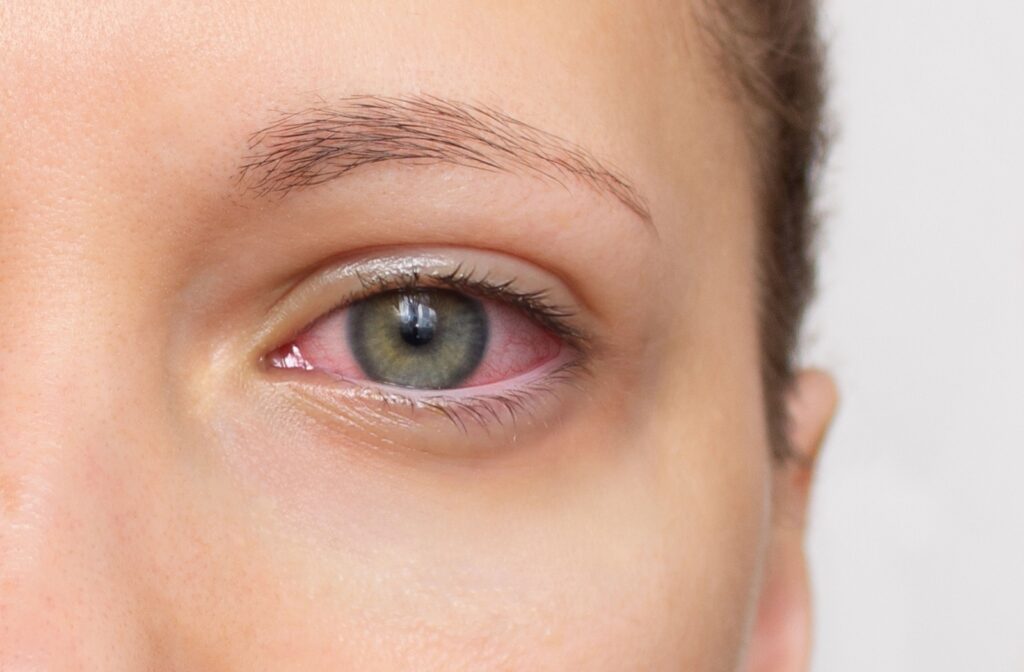
What Results Can You Expect from IPL Treatment
Timeline for Symptom Improvement
Most people notice some improvement in their symptoms within 2-4 weeks after their first treatment session. However, the full benefits typically develop gradually over several months.
IPL treatment usually involves a series of 3-4 sessions spaced about a month apart. Each session builds on the previous one, helping your meibomian glands function more effectively over time.
Realistic Expectations for Long-Term Relief
IPL can significantly reduce dry eye symptoms for many people, but it’s not a permanent cure. You might find that your eyes feel more comfortable throughout the day and that you need fewer artificial tears.
Most people benefit from maintenance treatments every 6-12 months to keep their symptoms under control. The exact schedule depends on your individual response and how quickly your symptoms return.
Safety Considerations & Treatment Experience
What Happens During Your IPL Session
Your eye care provider will place protective shields over your eyes and apply a cooling gel to the treatment area. The IPL device delivers gentle pulses of light to the skin on and around your eyelids, and each session typically takes about 10-15 minutes.
Most people describe the sensation as similar to a rubber band snapping against their skin — noticeable but not painful. The cooling gel and protective measures help keep you comfortable throughout the process. Understanding how IPL works can help ease any anxiety about the procedure.
Potential Side Effects & Recovery
IPL therapy has minimal downtime, but you might experience some temporary effects:
- Temporary redness around treatment area
- Mild sensitivity to light
- Slight swelling that resolves quickly
These side effects usually fade within a few hours to a day. Most people can return to their normal routine right away, but it’s important to avoid direct sun exposure for the next few days and use a high-quality sunscreen to protect the treated area.
Take the Next Step Toward Dry Eye Relief
Professional Assessment Makes the Difference
Every person’s dry eye situation is unique, and what works for your friend or family member might not be the right solution for you. A thorough evaluation can identify the specific causes of your symptoms and determine which treatments are most likely to help.
During your comprehensive eye exam, we can assess your tear film quality, examine your meibomian glands, and review your medical history to create a clear picture of what’s causing your discomfort. Regular eye exams are essential for maintaining optimal eye health and catching problems early.
Your Personalized Treatment Plan
IPL therapy is often most effective when paired with complementary treatments such as eyelid hygiene routines, nutritional support, thermal gland expression, or prescription medications. Taking a combined approach helps address the different factors that contribute to chronic dry eye rather than treating just one piece of the problem.
See & Be Seen Eyecare offers personalized dry eye treatment plans at both of our Toronto locations — Liberty Village and Yonge & Eglinton — so you can choose the clinic that fits your schedule and lifestyle. If dry eye symptoms are interrupting your day, book a dry eye evaluation to find out which options are right for you and start working toward long-lasting comfort.

